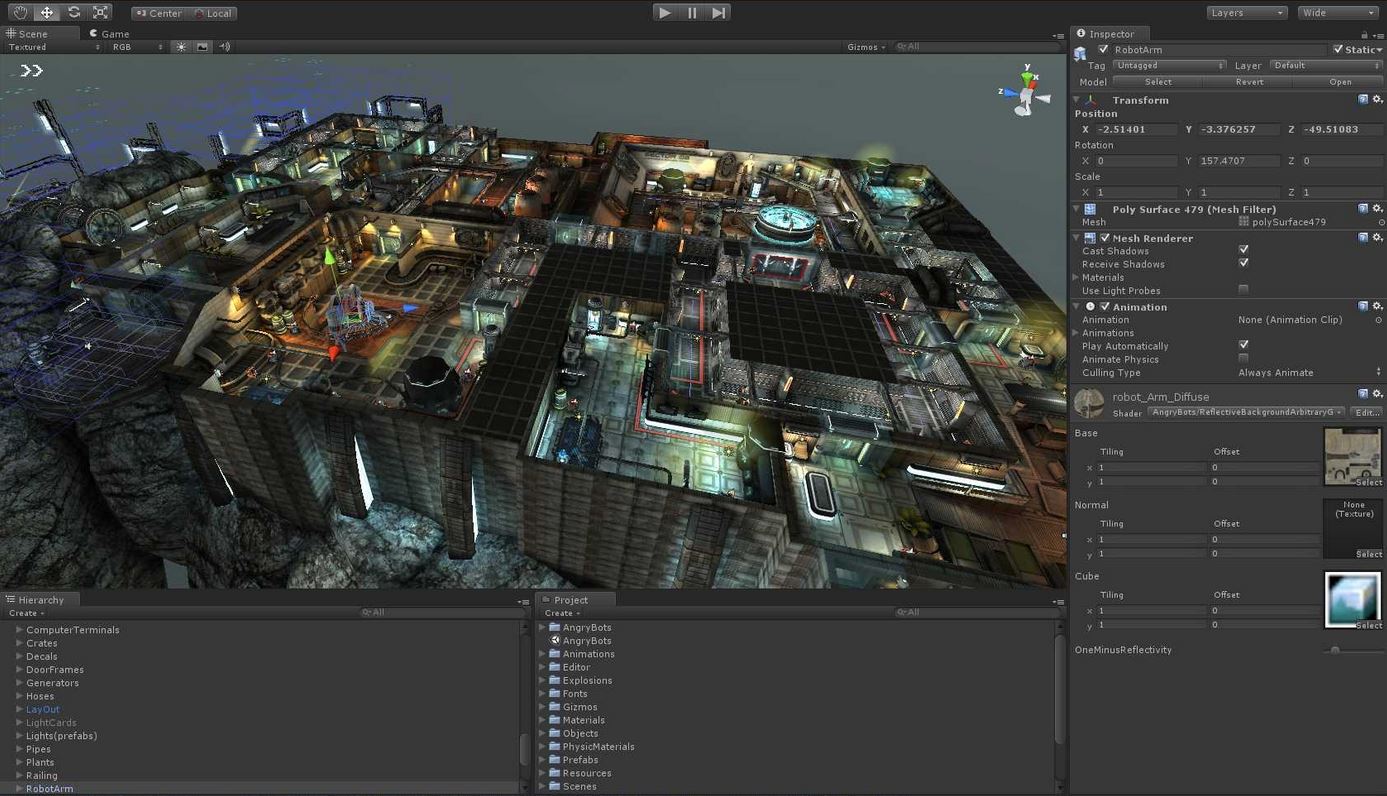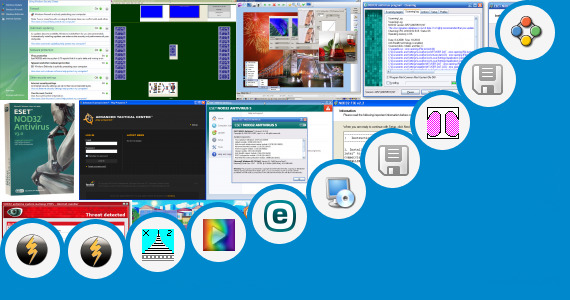

There are 2 ways to get Unity Editors: Via Unity Hub and direct download. How to Install Different Versions of Unity Editor You can opt for it to never notify you of new versions, but then you might as well use the LTS version if it bothers you so much. This version is not recommended unless you want to test the latest build and provide feedback to the Unity team.īoth non-LTS version and Beta version get new updates very often, and I really mean VERY often, with minor patches which can be quite annoying to some people. There is also another version called Unity Beta, which is the most of the most bleeding-edge release of Unity Editor and the most bug-ridden out of all the versions. The non-LTS version can also be used if you’re in an early stage of development and want to explore possibilities and start prototyping as it can lead up to becoming a stable LTS release in the following year. … Or you simply want to mess around and try out new features, then feel free to play around with it. This version is recommended if you want to use the newest features that aren’t available in the LTS versions or there are things you can’t achieve unless it’s the latest version. The Non-LTS version of Unity gets updates fairly regularly with bug fixes and sometimes breaking changes. The latest non-LTS version of Unity usually contains the most recent features, along with some UI changes. It is highly recommended that beginners and serious developers who want to make production-ready games stick with the latest version of LTS to avoid the headache from bugs or issues that come with the bleeding edge releases. The LTS version gets updated from time to time with patches that mostly fix minor issues and will never get updated with breaking changes once it has already entered the LTS state. And as the name suggests, it will be supported for a long, long time. How to Install Different Versions of Unity EditorĪs the general rule of thumb, you will almost always go with the latest LTS version of Unity as it contains the most features while being the most stable.Depending on what you want to do, some may not be suited. There are some differences between versions, and there are multiple versions of LTS.


The latest non-LTS version is commonly used when there are features unavailable in the LTS versions, which unless you need them, stick with the LTS ones. Long-term support (LTS) versions are generally recommended for beginners and those who look to seriously develop fully-fledged games as they are more stable. If you’re just starting out on your game development journey, and you have decided to go with Unity as your game engine of choice, you’re probably wondering why there are multiple versions of Unity Editor and which one to use.


 0 kommentar(er)
0 kommentar(er)
